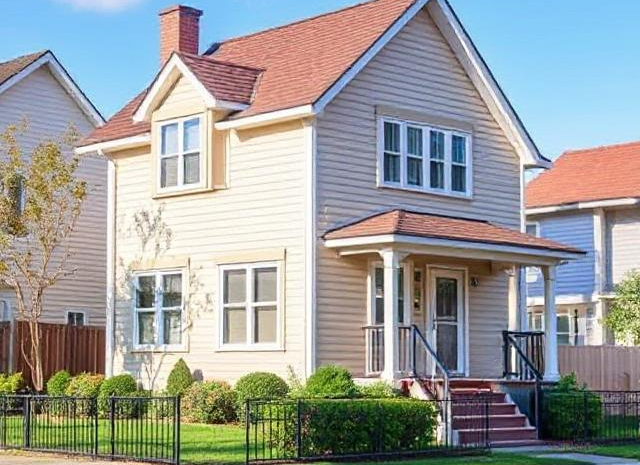
How To Insure A Rental Property: Tips For Landlords
Insuring a rental property is crucial for landlords to protect their investment, ensure financial stability, and comply with legal requirements. Here are some essential tips for insuring a rental property:
1. Understand the Types of Insurance
- Landlord Insurance: This is the most common and recommended coverage. It typically includes protection against property damage (fire, weather, vandalism), liability coverage, loss of rent, and more.
- Building Insurance: Covers the structure of the property itself, including walls, roof, windows, and fixed features (e.g., plumbing, electrical systems).
- Contents Insurance: If you’re renting out a fully furnished property, contents insurance will cover damage or theft of the furniture and appliances you provide.
- Rent Guarantee Insurance: This covers missed rent payments by tenants, which can help ensure your income stream remains intact if a tenant defaults.
- Liability Insurance: Protects you from legal claims if a tenant or visitor gets injured while on your property.
2. Know What’s Covered and What’s Not
- Covered: Property damage due to natural disasters, fire, vandalism, theft, or tenant-caused damage (if covered by the policy).
- Not Covered: Tenant belongings, general wear and tear, or damage from tenant negligence (unless specifically included in the policy).
- Make sure to review your policy and understand its exclusions so you don’t end up with gaps in coverage.
3. Consider the Location and Property Type
- Risk Factors: Properties in flood-prone areas, earthquake zones, or locations with higher crime rates may require additional coverage, such as flood insurance or higher liability limits.
- Property Type: Single-family homes, multifamily properties, and commercial buildings all require different kinds of coverage. Be sure to select the insurance type that fits your property.
4. Set Up Rent Guarantee Insurance
- If you’re worried about tenants failing to pay rent, rent guarantee insurance can offer protection. This can cover your rental income for a certain period if your tenant defaults.
5. Regularly Update the Coverage
- Renovations or Repairs: If you make significant changes or upgrades to the property (new roof, renovated kitchen, etc.), update your insurance policy to ensure the new value is covered.
- Market Changes: Rental rates can fluctuate, so it’s a good idea to adjust your insurance coverage to reflect any changes in property value or rent income.
6. Check for Legal Requirements
- Depending on where your rental property is located, there might be minimum insurance requirements you must meet to comply with local or state laws.
- Some states or cities may require specific types of insurance, so make sure you’re in compliance with any landlord laws in your area.
7. Encourage Tenants to Get Renter’s Insurance
- While your insurance covers the property itself, it won’t protect tenants’ personal belongings. Encourage tenants to get renter’s insurance, which is relatively affordable and ensures that their belongings are covered in case of damage or theft.
8. Review the Policy Regularly
- It’s essential to periodically review your insurance policy to make sure it still meets your needs. Make sure your coverage limits are sufficient to cover the cost of rebuilding the property if it’s destroyed.
9. Shop Around for the Best Policy
- Insurance premiums can vary greatly from one provider to another. It’s smart to get quotes from multiple insurers to compare coverage, premiums, and terms. Look for an insurer that specializes in rental property insurance and understands the unique needs of landlords.
10. Evaluate Your Deductibles
- Review the deductible amounts in your policy. A higher deductible can lower your premium, but it also means you will need to pay more out-of-pocket in the event of a claim. Find the right balance for your budget and risk tolerance.
11. Consider Additional Coverage Options
- Flood Insurance: If your rental is in a flood-prone area, you may want to purchase separate flood insurance, as standard landlord policies usually don’t cover floods.
- Umbrella Insurance: If you want additional liability protection above your regular landlord policy limits, an umbrella insurance policy can provide added coverage.
12. Maintain Proper Documentation
- Keep an inventory of the property’s condition before renting it out, including photographs and a list of existing damage (if any). This can be helpful in case you need to make a claim for damages caused by tenants.

